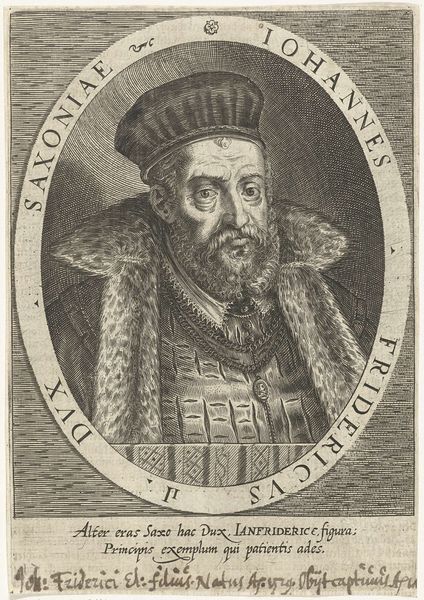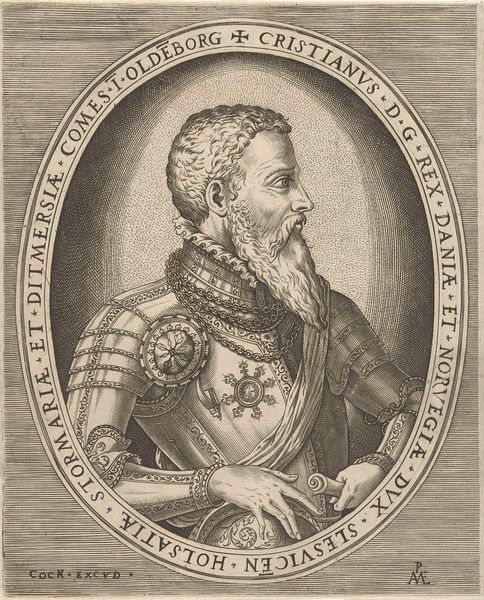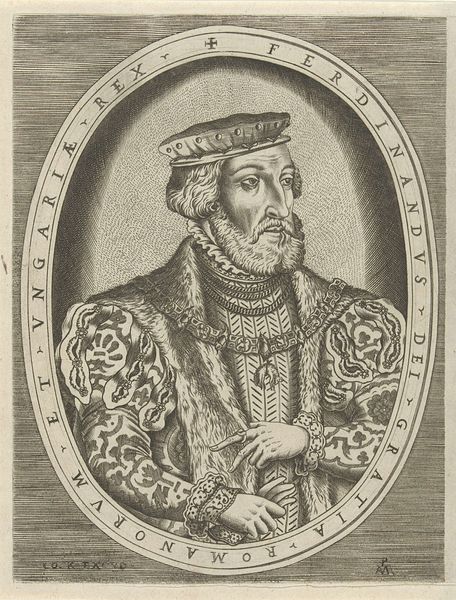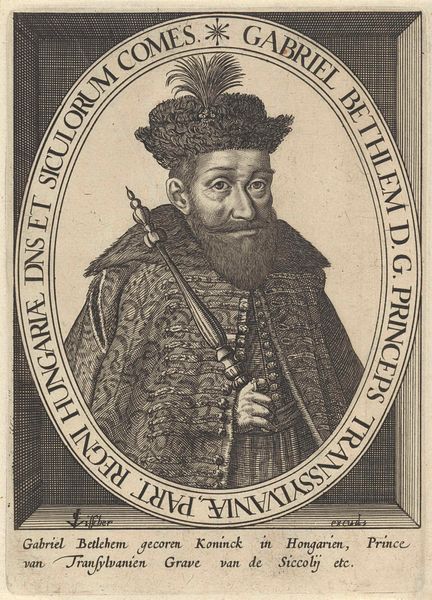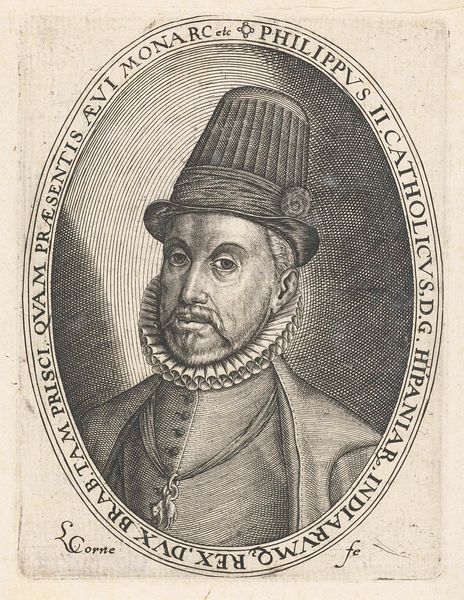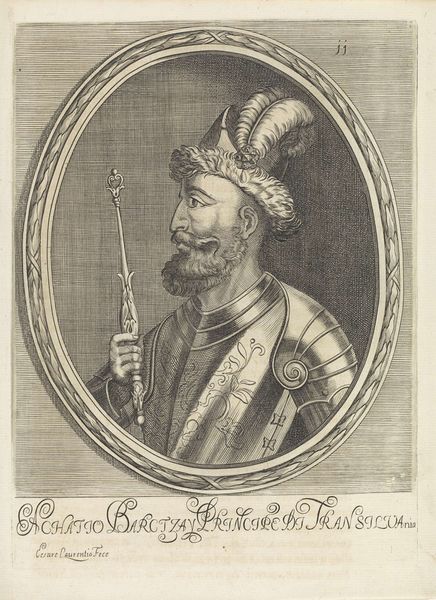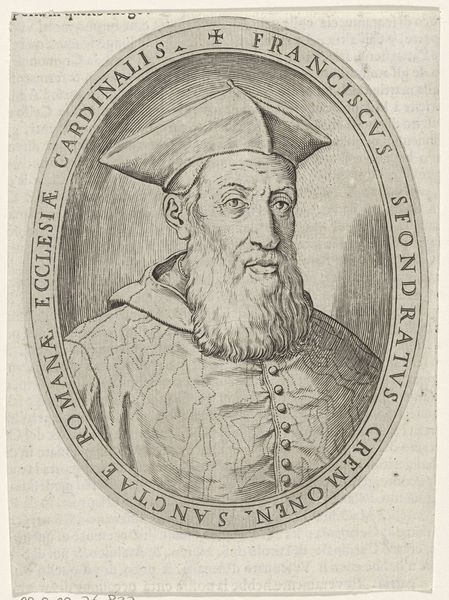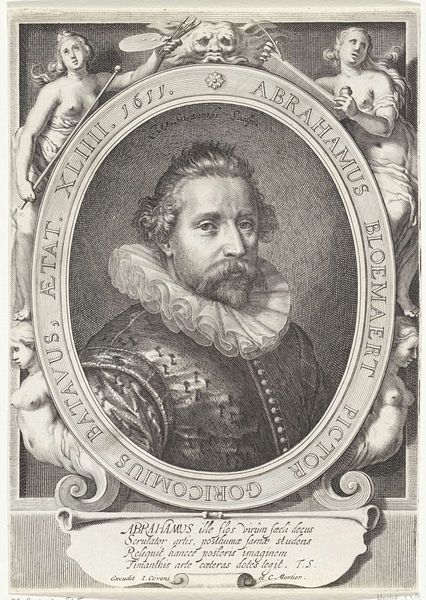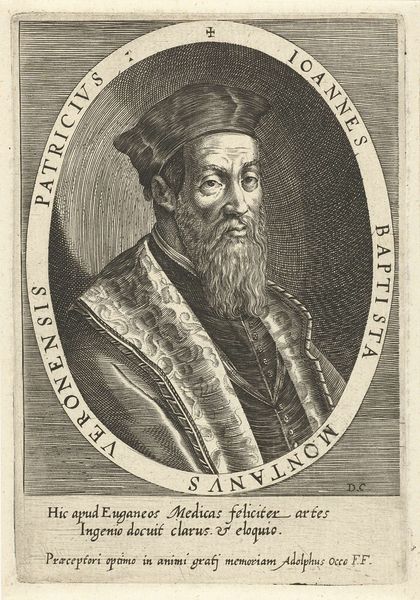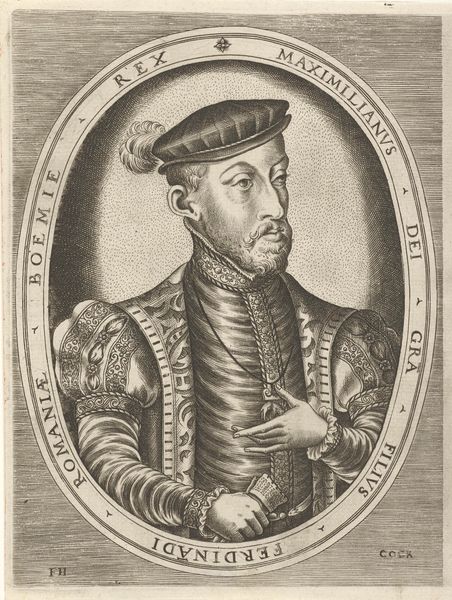
engraving
#
portrait
#
baroque
#
figuration
#
line
#
history-painting
#
engraving
Dimensions: height 161 mm, width 114 mm
Copyright: Rijks Museum: Open Domain
Editor: Here we have Willem de Passe's "Portret van Robert Dudley" from 1620, executed in engraving. It has a really regal air, doesn't it? I find the precision of the lines quite striking. What elements of the work stand out to you? Curator: I agree. The linear quality defines its essence. Notice the density of lines used to create form, how they coalesce to model the face and delineate the texture of the beard and lace collar. Consider how this affects the perceived depth and weight of the subject. Editor: I see what you mean. It's like the image is built from countless tiny marks. Is that typical for engravings of this era? Curator: To an extent. The Baroque aesthetic favoured dynamism and ornate detail. The success of this is not about replicating reality but about skillfully arranging lines to create a believable representation with aesthetic interest. Look how the inscription forms part of the overall design, contributing to the circular form that contains the portrait. Editor: It is all very deliberate, isn't it? Even the shading is created systematically, by lines, which influences how light is captured by the work, so even shadows are part of the aesthetic here, with light as the ultimate target and effect! Curator: Precisely. The technique inherently lends itself to a stylized and idealized depiction rather than naturalism. By understanding the artist’s calculated methodology, our perception shifts from simply seeing a portrait to appreciating the artistic manipulation. The objective shifts to admiring artistic interpretation using basic visual components rather than assessing resemblance. Editor: I’m now seeing how de Passe is more concerned with artifice here than documentation. Thanks for pointing that out!
Comments
No comments
Be the first to comment and join the conversation on the ultimate creative platform.

